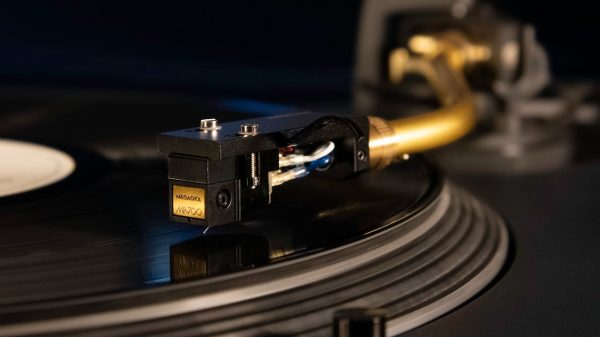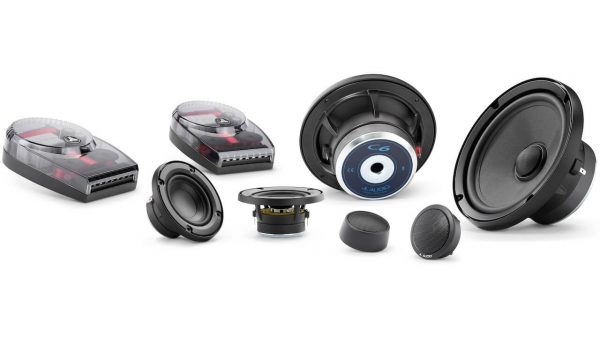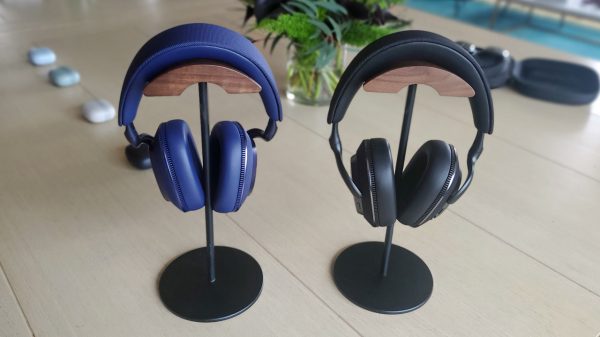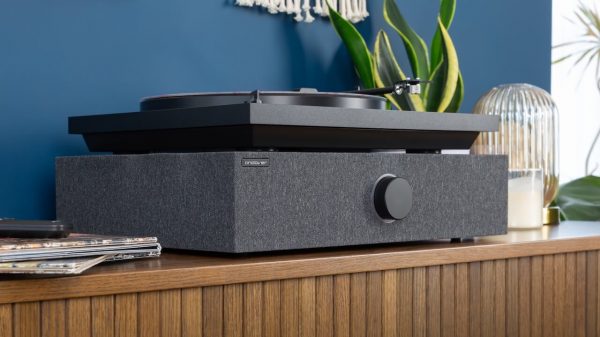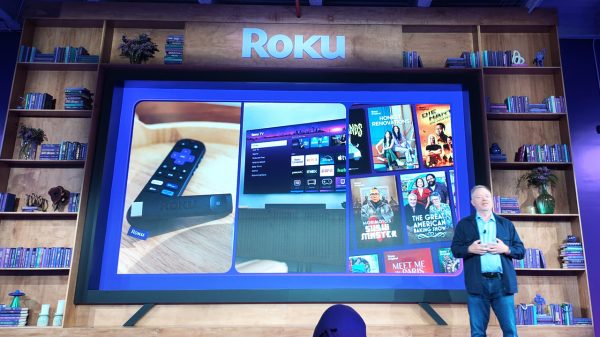Consumer Reports July issue features Ratings of over seventy digital cameras, photo printers and software; CR advice on how-to-choose the best camera
Consumers in the market for a digital camera may be looking for a model that addresses the biggest gripes about their current camera. Consumer Reports identified the five biggest complaints about digital cameras from 13,000 reader responses. The July issue of CR features tips on how to combat these complaints, along with Ratings of digital cameras of all sizes, and advice on how consumers can choose the best camera, photo printer, and editing software for their needs.
Below are the top five complaints about digital cameras from CR readers:
- Gripe: Missing the perfect shot because of slow shutter speed.CR Advice: When shopping for a new camera, check out models from Sony, since the company appears to have made the greatest progress in fighting shutter-lag (the delay for the first shot taken) and next-shot delay (the lag for follow-up pictures). To combat the problem on any digital camera, focus on subject by holding shutter release halfway down; when the desired moment arrives, press the release the rest of the way.
- Gripe: Distant subjects are very dark, even with the flash.CR Advice: If a camera has high sensitivity, reflected in ISO settings above 400, the range for decent flash shots or low-light shots should be longer. A few have poor low-light despite high ISO. To upgrade the flash performance of an existing camera, purchase an external flash unit, typically $80 and up, which should reach farther than the camera’s built-in flash.
- Gripe: Shots are blurry when maximum zoom is in use.CR Advice: More than half the digital cameras CR tested offer image stabilization, which compensates for a modest amount of camera shake. Whenever possible, look for image stabilization when purchasing a new digital camera or use a tripod or steady surface.
- Gripe: The batteries die too quickly.CR Advice: CR has found that battery life is better overall than it was a year ago. It also found no difference in battery life between cameras that use proprietary rechargeable batteries and those that use AAs. To save on battery life, turn off the feature that displays every shot and use the one that shuts off the camera when it is not in use for awhile.
- Gripe: The LCD screen is unreadable in bright sunlight.CR Advice: As manufacturers endow cameras with larger LCDs, there’s less room for the venerable viewfinder, although Canon is one manufacturer that is bucking the trend. CR suggests shading the LCD screen with a hand or a hat or buy an LCD hood.
Going Small: Compact & Subcompact Digital Cameras
In its latest tests, Consumer Reports has found that diminutive digital cameras continue to improve offering longer battery life, larger LCDs, and higher resolution than last year’s models. They also cost 5 to 10 percent less.
Although subcompacts and compacts are faster than they were, shutter lag and next-shot delay are still issues. If speed is critical, CR suggests choosing from cameras that scored either very good or excellent in these categories.
CR suggests certain models from Canon, Casio, Fujifilm, HP, Kodak, and Sony to address some of the complaints mentioned above. Models with the best combination of short shutter lag and next-shot delay include the HP Photosmart R927, $240, and Kodak EasyShare V570, $200.
The Sony Cyber-shot DSC-H2, $330, Fujifilm FinePix E900, $260, are sensitive enough to minimize the need for a flash in low light. The compacts Canon PowerShot A640, $300, and Casio Exilim EX-Z850, $280, offer optical viewfinders so consumers can avoid using the LCD.
When choosing a compact or subcompact digital camera, CR suggests the following tips:
- Decide how small to go. Pocketability is a virtue, but, on average, subcompacts have lower battery life than compacts and are more prone to camera shake.
- Get the picture by brand. Before diving into specific models, consider some characteristics by brand. For example, Kodak emphasizes simplicity and ease of use and Canon and Olympus offer full lineups to address every type of user.
- Beware the megapixel wars. Higher resolution doesn’t necessarily produce better prints. A model with 6 megapixels will give most people all the image resolution they need.
- Look for key features. Image stabilization is especially useful with a zoom lens greater than 3x, which amplifies camera shake.
Thinking Big: High-performing SLR’s
Big, high-performance cameras are getting smaller, lighter, and less expensive according to CR’s latest tests. The Nikon D40, which weighs a little more than a pound and costs just $560, lens included, is CR’s most highly recommended single-lens reflex (SLR) camera. It also costs hundreds less than most SLRs.
SLRs are the digital descendents of single-lens-reflex film cameras that don’t offer the same problems that compact and subcompact models do, such as shutter lag.
When it comes to capturing a shot quickly in challenging conditions, nothing beats an SLR; however CR found two big and versatile point-and-shoot cameras from Fujifilm, that offer many of SLRs’ benefits for a lot less money. These models feature a more versatile lens than other point-and-shoots, but it’s built in rather than interchangeable. CR has termed three models from Fujifilm and one from Leica as “SLR-like” because these cameras offer many of the same benefits as an SLR for a lot less money.
Here are some things consumers should consider before buying an SLR or an SLR-like model:
- Consider brand commitment. Buying a particular brand of SLR may wed consumers to that brand of lenses for years to come. That’s not true for SLR-like cameras because it isn’t tied to a family of lenses; consumers can move on to any brand.
- Get a feel for the camera. A camera of this class is likely to be at least twice as large and heavy as a small camera. Consumers should visit the store and make sure they are comfortable holding the camera up to their eye for more than a few seconds and hang the camera around their neck to check for comfort.
- Assess the lens. Most SLRs are sold as a body only or with a lens kit, but many there are better lenses that can be bought separately or chosen as an optional upgrade. With an SLR-like camera, there’s no choice in lenses.
- Review the specs. Big cameras with 10-megapixel resolution are becoming more common and less expensive, but 6 to 8 megapixels should suffice unless the images are heavily cropped or turned into poster-sized prints.
The full report, featured in the July issue of Consumer Reports, also features Ratings of photo printers, photo editing software and a first look at some noteworthy cameras that hit stores too late to be included in the Ratings. CR is available wherever magazines are sold. Portions of the story are available for free online at http://www.ConsumerReports.org. JULY 2007
The material above is intended for legitimate news entities only; it may not be used for commercial or promotional purposes. Consumer Reports is published by Consumers Union, an expert, independent nonprofit organization whose mission is to work for a fair, just, and safe marketplace for all consumers and to empower consumers to protect themselves. To achieve this mission, we test, inform, and protect. To maintain our independence and impartiality, Consumers Union accepts no outside advertising, no free test samples, and has no agenda other than the interests of consumers. Consumers Union supports itself through the sale of our information products and services, individual contributions, and a few noncommercial grants.

